Abstract
The Panel on Food Additives and Nutrient Sources added to Food (ANS) was requested from the European Commission to provide a statement on the validity of the conclusions of a mouse study on the carcinogenic potential of sucralose (E 955) performed by the Ramazzini Institute (Soffritti et al., 2016). Sucralose (E 955) is authorised as a food additive in the EU in accordance with Annex II to Regulation (EC) No 1333/2008 on food additives. According to Commission Regulation (EU) No 257/2010, the full re-evaluation of sucralose shall be completed by December 2020. Taking into consideration the publication from Soffritti et al. (2016), the technical report and additional information provided by the Ramazzini Institute and other information available for sucralose (E 955), the Panel noted: (i) the design of the bioassay that considers exposure from gestation up to natural death of animals implies an increase in background pathology that results in the possibility of misclassifications and a difficult interpretation of data, especially in the absence of both an appropriate concurrent control group and a recent historical database; (ii) the lack of a dose–response relationship between the exposure to sucralose and incidence of lymphomas and leukaemias (combined); (iii) the lack of a mode of action and failure to meet all the Bradford-Hill considerations for a cause–effect relationship between intake of sucralose and the development of tumours in male mice only; (iv) a comprehensive database was available for sucralose and no carcinogenic effect was reported in adequate studies in rats and mice. Moreover, there was no reliable evidence of in vivo genotoxicity. Therefore, the Panel concluded that the available data did not support the conclusions of the authors (Soffritti et al., 2016) that sucralose induced haematopoietic neoplasias in male Swiss mice.
Summary
The European Food Safety Authority (EFSA) rejected the findings of another questionable study by the Ramazzini Institute and, as expected, reaffirmed sucralose safety, concluding that the available data did not support the conclusions of the authors (Soffritti et al., 2016) that sucralose induced haematopoietic neoplasias in male Swiss mice, contrary to what the Soffritti et al. publication claims, and that a body of evidence show sucralose is safe and does not cause cancer. The scientific opinion from EFSA Panel on Food Additives and Nutrient Sources added to Food (ANS) is entirely consistent with the global scientific and regulatory consensus that sucralose is safe.
Following the assessment of the validity of the conclusions of Soffritti et al. mouse study on sucralose, EFSA stressed the use of unconventional study design leading to inconclusive and unreliable results and the flawed conclusions of the study, which are just a couple of the serious issues identified in the evaluation of the study. EFSA’s experts criticised the significant shortcomings in the methodology used by Ramazzini Institute in the Soffritti et al. publication and highlighted that:
- there was no dose–response relationship between the exposure to sucralose and alleged “effects” reported in the study;
- there is no known mode of action by which sucralose could cause carcinogenic effects and the study fails to meet the standard criteria (Bradford-Hill) for a cause–effect relationship between intake of sucralose and the development of tumours;
- the design of the study included a treatment duration that was up to the natural death of animals, in other words mice were dosed until they died, which compromises reliable data interpretation, as tumor incidences can increase with age;
- A comprehensive database is available and shows no carcinogenic effect for sucralose, reported in adequate studies in rats and mice.
Please read more about the scientific opinion by EFSA on a dedicated article on the ISA website which you may access online here and on the ISA statement by clicking here.


